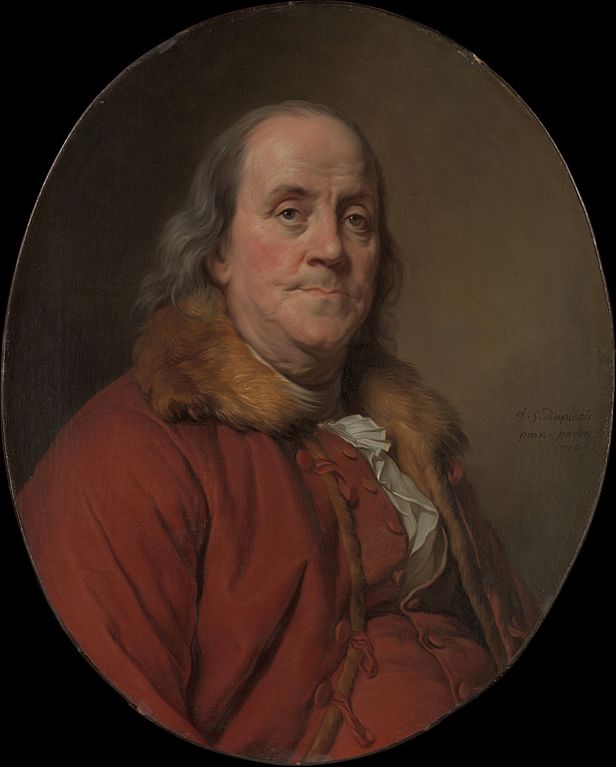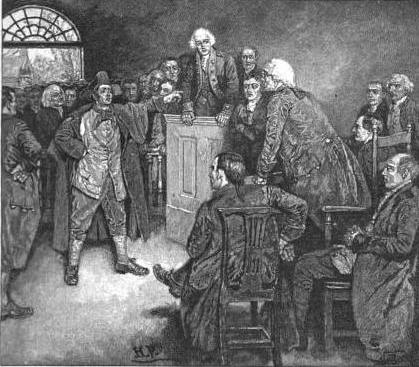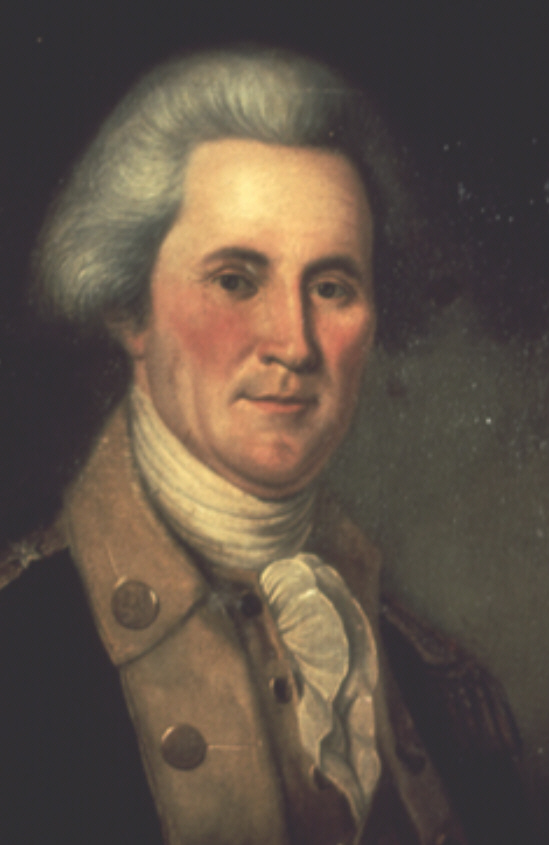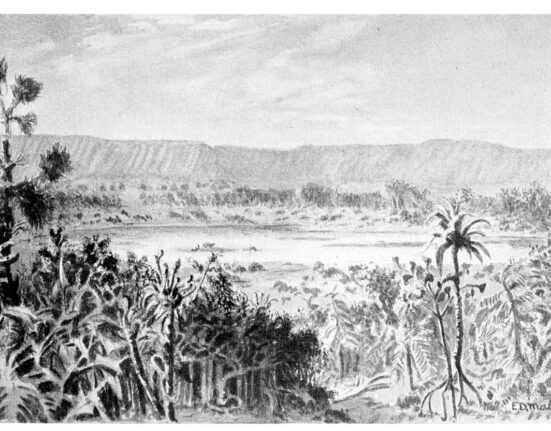In 1784, less than a decade after the signing of the Declaration of Independence and only a short few years after the conclusion of the Revolutionary War, the U.S. state of Franklin declared its own independence. (1)(2) Rather than simple independence from the United States government, which was in its infant stage at this time and was ruled via the terms of the Articles of Confederation rather than the U.S. Constitution, which would come later, this new state declared its independence from the Union and from the state of North Carolina. (3)
A State Within a State
In the period surrounding the Revolutionary War, the regions west of the colonies were largely considered to be “frontier” land. Sparsely settled, relative to the port cities of the Atlantic coast, and often home to large Native American communities, the needs and interests of these frontier territories were predictably distinct from those of the newly formed U.S. government, which was largely centered within the thirteen original colonies. (4)
So, when the state of North Carolina ceded several counties in modern-day Tennessee to the federal government, frontier communities which were largely self-governing feared that their needs would be overlooked. There was even some concern that their territory might be sold in land deals to Spain or one of the other European powers which still controlled territories in North America. Many counties within this disputed territory willingly submitted to North Carolina, however there were some who were not content to give up the relative independence which they enjoyed. (5)
After declaring independence and selecting a Revolutionary War veteran named John Sevier as their president, the people of the territory, which consisted of the counties of Washington, Sullivan, Spencer and Greene, set about composing their own constitution. (6) The name of their new state was decided. They would be “Frankland.” Although the new state initially aimed for complete independence, in 1785 Frankland was presented to congress as a candidate for statehood within the Union. In an apparent attempt to engender favor with the founding father of the same name, Frankland was changed to “Franklin” at this time. On his part, Benjamin Franklin was reluctant to express support for the statehood candidate despite this:

I am sensible of the honor which your Excellencey and your council do me. but being in Europe when your State was formed I am too little acquainted with the circumstances to be able to offer you anything just now that may be of importance, since everything material that regards your welfare will doubtless have occurred to yourselves. I will endeavor to inform myself more perfectly of your affairs by inquiry and searching the records of Congress and if anything should occur to me that I think may be useful to you, you shall hear from me thereupon.
Benjamin Franklin in a 1787 letter to John Sevier, president of Franklin. (7)
Despite fervent attempts to appeal to congress, the proposed state of Franklin failed to secure the two-thirds majority vote from congress which was necessary for acceptance into the Union. Interestingly, the would-be state did actually secure a majority vote, but there was enough dissent within congress to prevent Franklin from becoming an official U.S. state. Presumably, some of this dissent stemmed from the fact that North Carolina had grown uncomfortable with the activities of its own ceded territory and had begun trying to secure Franklin under North Carolina’s governance once again. (8)
A Nation Within a Nation
After being rejected by congress, the “state” of Franklin neither dissolved nor ceded control to North Carolina. For about four years, Franklin existed as an ostensibly independent government with its own economy and its own legislative body. Franklin even entered into various treaties with the Native Americans which lived within its ill-defined borders. At one point, the “nation” of Franklin even attempted to enter into an alliance with Spain. This move was one of the driving forces behind North Carolina’s motivation to reclaim Franklin. Becoming neighbors with a Spanish-allied sovereign state was a dangerous and unappealing prospect for North Carolina. (9)

On at least one occasion, conflicts with North Carolina even escalated to the point of “war.” Because North Carolina was intent on reclaiming Franklin, and because the federal government had refused to acknowledge the legitimacy of Franklin, North Carolina and Franklin found themselves in the tense position of concurrently governing the same territory, with each government undermining and disputing the other’s legitimacy. This escalated until eventually “president” John Sevier was accused of evading North Carolina’s state taxes. Sevier believed he did not live in North Carolina, so he did not pay the taxes expected of a North Carolina citizen. Thus, his property was seized by North Carolina authorities in an event that resulted in a days long standoff and eventually, gun fire. Three men died before the relatively meager forces of Franklin were forced to retreat. If Franklin was truly a sovereign nation, this ten minute long burst of gun fire must have been one of the shortest wars in human history. (10)
What Ever Happened to Franklin?
This battle was one of many compounding blows which ended the short-lived nation-state of Franklin. Around this time, treaties with the Native Americans who occupied the territories of Franklin were growing increasingly complicated and tenuous. The United States had separate treaties with these groups and Franklin’s relationship with them was strained by the difficulty of reconciling these treaties. Often, this strained relationship escalated into outright violence. (11)
Then, in 1788, the final blow came when president John Sevier’s term ended in an arrest by the North Carolina government. From this point on, the inevitable failure of the Franklin experiment was obvious. In 1789, John Sevier swore an oath of allegiance to North Carolina and received a pardon in return. Franklin was over.

But then, what happened to the territories known as Franklin? Where is the “lost state” now? Despite being resorbed by North Carolina, the counties which constituted Franklin actually ended up belonging to the later state of Tennessee. As a matter of fact, the very first governor of Tennessee, chosen in 1796, was actually John Sevier himself. (12) Although Franklin itself had failed, the people of Franklin ended up accomplishing many of their goals in a roundabout way. They were not part of North Carolina for long, as North Carolina once again ceded the disputed land to the federal government. From there, John Sevier was elected to congress to represent the area before finally assuming the role of governor once the state was approved.
Final Thoughts on the Lost State and the Spirit of Independence
I’ve often observed that people who do not live in the United States don’t seem to really understand what an “American” is. Our nation is so broad and vast that one can live in completely opposite climates, literally, socially, economically, or politically, while still belonging to the same state (looking at you California). This is one of the reasons that governing this country is tricky. Each state has wildly different needs and interests. And yet, for the nation to persist, we must manage to legislate certain issues on a federal level. The degree to which this is true is entirely subjective but I think as an example, most Americans would agree, at least, that all fifty states should have the same currency.
For the earliest U.S. citizens, this impossible puzzle was even more complex and precarious. We must not forget that the United States are a novel experiment. In 1784 they were in their infancy, but compared to many of our peers on the world stage, we are still centuries younger. The early government of the U.S. was a series of impossible problems. How does one legislate a territory so vast while also prioritizing values like freedom, equality, and justice? For the founding fathers, the frontier territories were one of the first hurdles. Franklin played a major role in defining the process by which a territory could become a state, and thus, this short-lived nation also played a major role in the formation of subsequent states. (13)
For my final thought, I want to express my profound fascination with the Franklin experiment. If nothing else, this failed state demonstrates the pure revolutionary spirit which seems to have occupied the hearts of the earliest citizens of the United States. That pioneering spirit is, to me, the lifeblood of what it means to be “American.”






